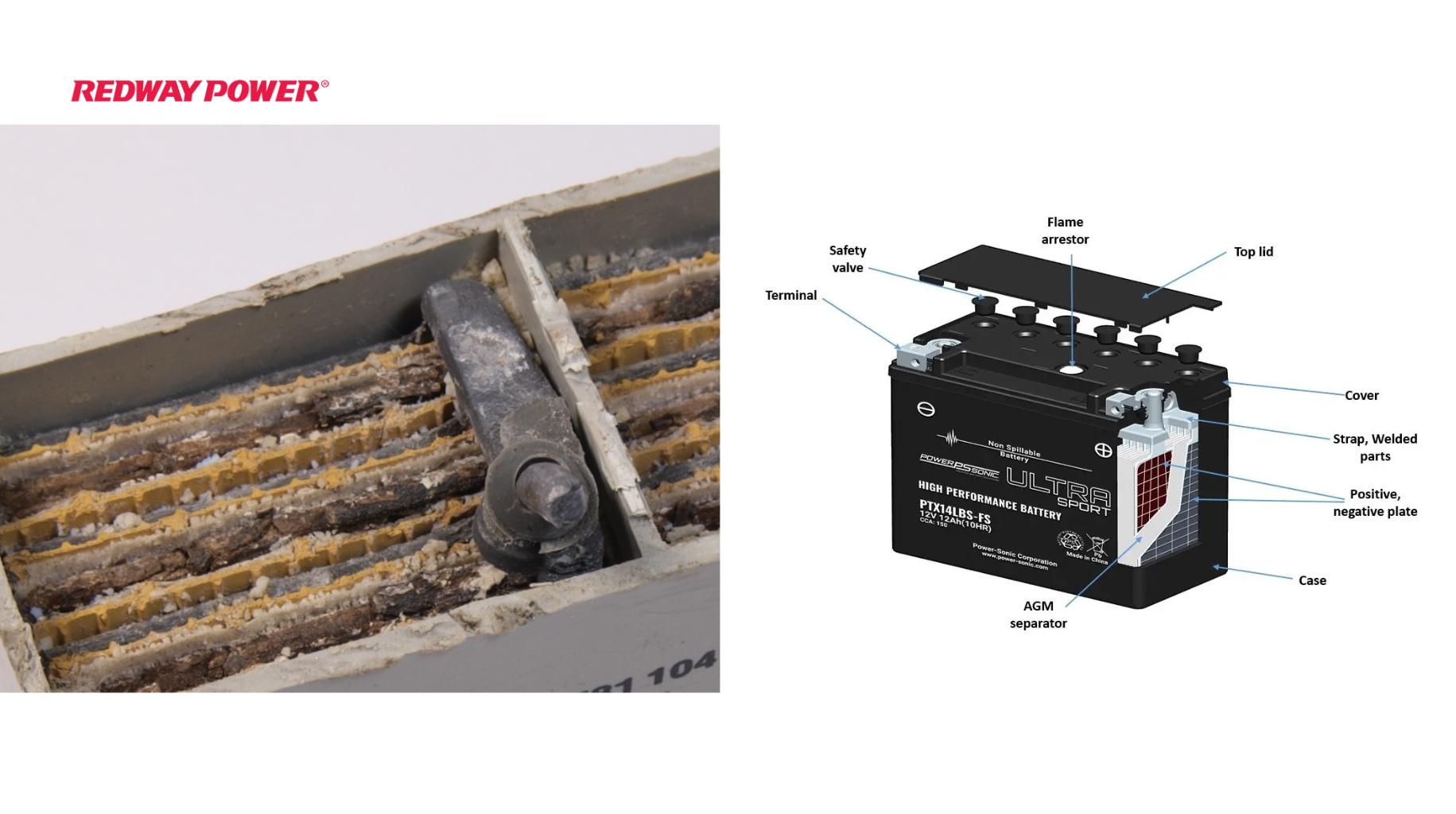
What is an Absorbent Glass Mat (AGM) Battery?
An Absorbent Glass Mat (AGM) battery is a type of sealed lead-acid battery that utilizes glass fiber mats to absorb and immobilize the electrolyte. This design allows for a maintenance-free operation, making AGM batteries popular in various applications, including automotive, renewable energy, and backup power systems. Their unique construction provides several advantages over traditional flooded lead-acid batteries.
What is an AGM battery and how does it work?
An AGM battery is a valve-regulated lead-acid (VRLA) battery that uses absorbent glass mats to hold the electrolyte in place. The glass mats act as separators between the positive and negative plates, ensuring efficient ion exchange while preventing spillage. When the battery is charged, the electrolyte is absorbed into the glass mat, allowing the battery to operate in any orientation without leaking.
| Component | Function |
|---|---|
| Positive Plates | Conduct electricity during discharge |
| Negative Plates | Store energy and facilitate chemical reactions |
| Glass Mat Separator | Absorbs electrolyte and prevents leakage |
What are the key features of AGM batteries?
AGM batteries are characterized by several important features:
- Sealed Design: Prevents leakage and minimizes gas emissions.
- Low Internal Resistance: Allows for higher power output and faster charging.
- Maintenance-Free: No need for regular water refilling.
- Vibration Resistance: Robust construction makes them suitable for harsh environments.
These features contribute to their reliability and versatility across different applications.
What advantages do AGM batteries offer over traditional batteries?
AGM batteries provide numerous advantages compared to conventional flooded lead-acid batteries:
- Longer Lifespan: Typically last up to twice as long as traditional batteries.
- Faster Charging: Can be charged more quickly due to lower internal resistance.
- Deep Cycle Capability: Suitable for applications requiring frequent discharging and recharging.
- Safety: The sealed design reduces the risk of acid spills, making them safer for use in confined spaces.
| Advantage | Description |
|---|---|
| Longer Lifespan | Up to 2x longer than conventional batteries |
| Faster Charging | Reduced charging time due to low resistance |
| Deep Cycle Capability | Ideal for frequent cycling applications |
| Safety | Sealed design minimizes risk of spills |
What applications are best suited for AGM batteries?
AGM batteries are used in a wide range of applications due to their robust performance:
- Automotive: Ideal for vehicles with high electrical demands, including start-stop technology.
- Renewable Energy Systems: Used in solar power setups for energy storage.
- Uninterruptible Power Supplies (UPS): Provide backup power during outages.
- Marine Applications: Suitable for boats due to their spill-proof design.
These diverse applications highlight the adaptability and reliability of AGM technology.
How do AGM batteries compare to other battery technologies?
When compared to other battery technologies, such as gel or flooded lead-acid batteries, AGM batteries offer distinct advantages:
- Gel Batteries: While gel batteries are also sealed, they tend to have lower discharge rates compared to AGMs. AGMs provide better performance in high-drain situations.
- Flooded Lead-Acid Batteries: These require maintenance (e.g., water refilling) and can leak if not positioned correctly. AGMs eliminate these issues with their sealed design.
Overall, AGM batteries strike a balance between performance, safety, and maintenance needs, making them a preferred choice in many scenarios.
12v 150ah lifepo4 lithium battery oem factoryIndustrial News
The demand for AGM batteries continues to rise as industries shift towards more reliable and maintenance-free energy solutions. Recent advancements in technology have improved their efficiency and lifespan, making them suitable for emerging applications such as electric vehicles and renewable energy storage systems. As manufacturers invest in research and development, the market for AGM technology is projected to grow significantly over the coming years.
Expert Views
“AGM technology represents a significant advancement in battery design, offering enhanced performance with minimal maintenance. Its versatility across various applications makes it a preferred choice for both consumers and industries.” – Battery Technology Expert
FAQ Section
Here are some frequently asked questions regarding AGM batteries:
- What exactly is an AGM battery?
An AGM battery is a sealed lead-acid battery that uses absorbent glass mats to hold the electrolyte in place. - How does an AGM battery work?
The glass mats absorb the electrolyte, allowing efficient ion exchange while preventing leakage. - What are the main advantages of using an AGM battery?
Advantages include longer lifespan, faster charging, deep cycle capability, and safety due to its sealed design. - In what applications are AGM batteries commonly used?
They are widely used in automotive, renewable energy systems, UPS units, and marine applications. - How do AGM batteries compare with gel or flooded lead-acid batteries?
Compared to gel batteries, AGMs perform better under high-drain conditions; compared to flooded lead-acid batteries, AGMs require no maintenance and are spill-proof.
Know more:
How Long Can You Expect an Absorbent Glass Mat (AGM) Battery to Last?
What is the Glass Mat in a Battery?
What Does AGM Stand For in Battery Technology?
What is an Absorbent Glass Mat (AGM) Battery?
